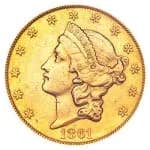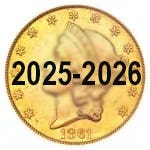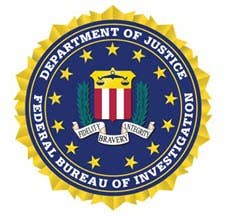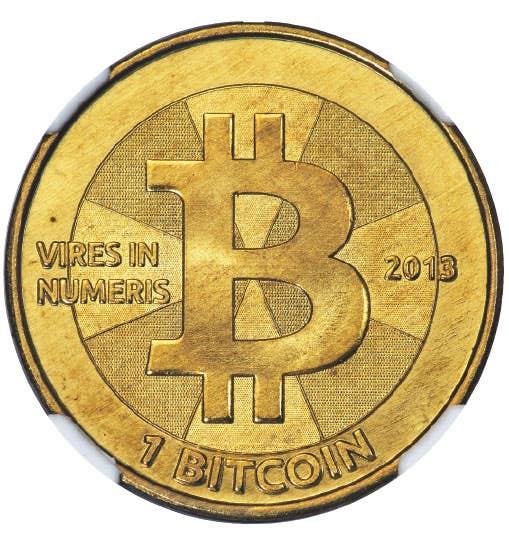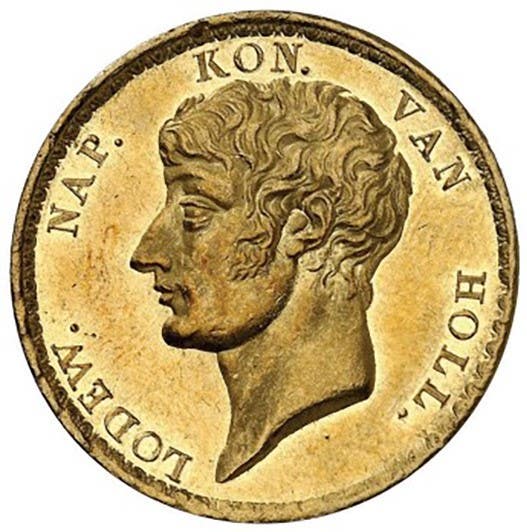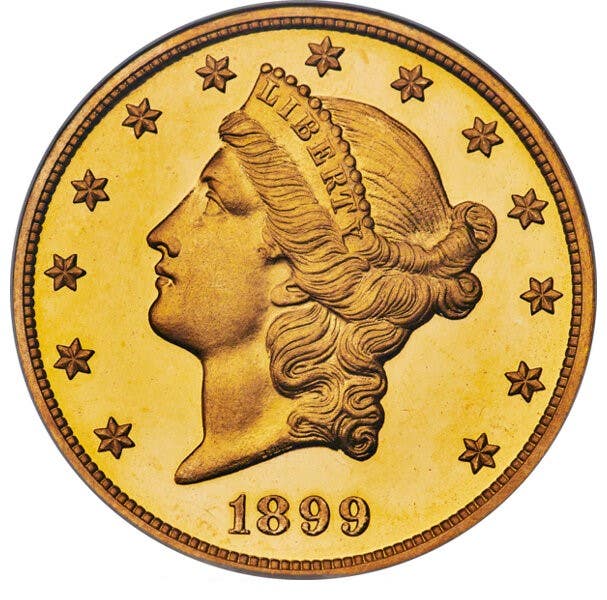With the first session of the 110th Congress now history, the second session opens Jan. 15 with business yet undone. From a purely numismatic standpoint, the first session was a success even if the major accomplishment is a single law: expansion of the state quarter program to include Washington, D.C., and the five insular territories.
All the bills introduced stay on the table ? unlike at the end of the Congress when they expire if not enacted ? so even with the success record, there?s room for more on the 28 bills that show on the Congress?s computerized information system known as ?Thomas.?
A look, initially, at the successes of the first session of the 110th Congress shows they were severalfold. Success is measured in four measures signed into law by President George W. Bush.
Public Law 110-82 was approved Sept. 20, 2007. It initiated as H.R. 2358, a bill to require the secretary of the Treasury to put annual Native American themes on the reverse of the Sacagawea dollar starting in 2009.
Depicted will be major events such as the creation of Cherokee written language, the Iroquois Confederacy, Wampanoag Chief Massasoit, Olympian Jim Thorpe and others.
A month later, a bill (S. 474) seeking to award a congressional gold medal to Michael Ellis DeBakey, M.D., became Pub. Law 110-95 on Oct. 16, 2007. The measure honors the famed Houston cardiologist who is now 99.
On Dec. 21, 2007, came Public Law 110-147, which began as H.R. 3703, amending section 5112(p)(1)(A) of title 31, United States Code, to allow an exception from the $1 coin dispensing capability requirement for certain vending machines.
It revises a legal requirement that all vending machines operated by federal agencies and their instrumentalities accept and dispense $1 coins.
It specifically exempts from the dispensing requirement any vending machines that do not receive currency denominations higher than $1.
It recognizes that retrofitting vending machines is not inexpensive ? but still necessary if there is ever to be hope to achieve circulation of the troubled denomination.
The day after Christmas, as President Bush boarded Air Force One, he signed Pub. Law 110-161, the omnibus spending act that funded a number of different branches of government. The bill contained 1,400 pages, of which about 750 words were relevant to coin collectors. These words create a six-coin extension to the state quarter program and move the motto ?In God We Trust? from the edge of the Presidential dollar coin to the obverse as soon as practicable, which the Mint claims is 2009.
Section 622 added, at the request of Rep. Jose Serrano, six quarters to honor Washington, D.C., Puerto Rico, American Virgin Islands, American Samoa, Guam and Commonwealth of Northern Marianas Islands in 2009.
The next section (623) moved the motto off the edge of Presidential dollars.
Looking forward from here, there are also nearly three dozen congressional gold medal bills introduced in the House and Senate, sometimes duplicative, sometimes at cross-purposes, but always sponsored by a member of Congress (House or Senate) who believes the honoree is worthy of addition to the 300 or so individuals who have received such gold medals since George Washington was awarded the first one in 1776.
Many of these go nowhere. Some are directed to popular sports figures (Tiger Woods, Arnold Palmer), others to music (Ray Charles, Stevie Wonder), some to leading political figures of their day (which is rarely the present) such as former U.S. Senator Edward Brookes of Massachussetts.
(Once a bill is passed, nearly all have provisions calling for bronze duplicates to be sold to collectors ? and the series is quite collectible.)
Coinage bills pending include:
Santa Fe Quadricentennial Commemorative Coin Act (introduced in House), H.R. 4833.
Numismatic Rarities Certainty Act of 2007, H.R. 2730.
Fair Treatment for Precious Metals Investors Act (introduced in Senate), S. 1546; H.R. 2883.
Coinage Materials Modernization Act of 2007 (introduced in House), H.R. 3330.
NASA 50th Anniversary Commemorative Coin Act (referred to Senate committee after being passed by the House), H.R. 2750.
Santa Fe 400th Anniversary Commemorative Coin Act of 2007 (introduced in Senate), S. 2498.
Revolutionary War and War of 1812 Battlefields Commemorative Coin Act of 2007 (introduced in House), H.R. 158.
These may or may not be acted on in the coming weeks of the 110th Congress, which terminates in early January 2009.
The typical process for each is for there to be hearings before the Senate Banking Committee or the House Financial Services Committee, then to move it to the floor. But it took six passages in five different Congresses for the expansion of the state quarter program.
Numerous bills are introduced in Congress each year that never make it past the introduction stage. A few do ? witness the bills passed in the first session of this Congress.
So expect in the coming weeks for Congress to be considering a number of numismatic bills ? but for most of them to be sandwiched in with important bills as the session winds down for the Presidential election in October.

